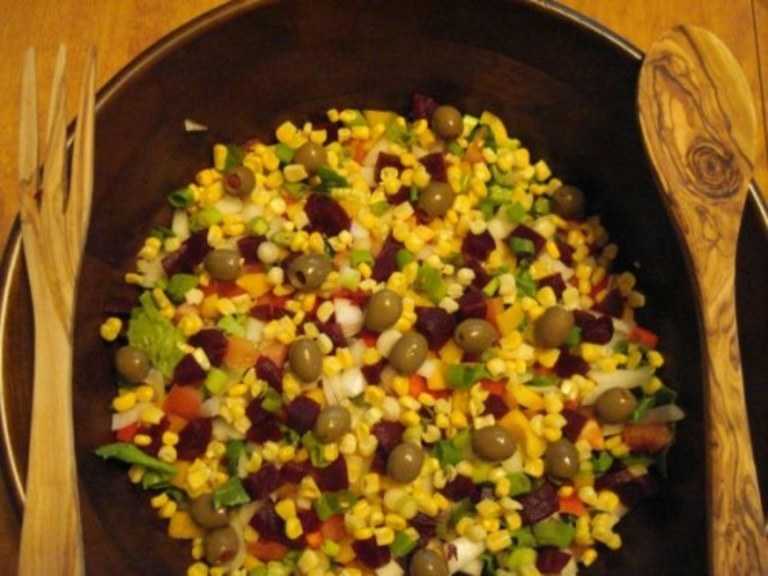What Are Shirataki Noodles and How Can I Use Them?
Shirataki noodles have really taken center stage lately as a low-carb substitute for pasta. They’re not called “miracle” noodles or “skinny” noodles for nothing! But where do they come from and what are they really? Shirataki noodles are made from the Japanese vegetable called Konjac. Konjac is a yam and it’s made almost entirely of water and glucomannan fiber. Did you know that shirataki noodles are also gluten free? As you can see, it’s a win-win for many dietary needs!
What Do Shirataki Noodles Look Like?
Shirataki noodles are packaged in a sealed bag of water, and just like tofu, they absorb the flavor of what they are cooked with. This is what makes them a healthy and flavorful addition to any recipe! Shirataki noodles come in different shapes, like regular noodles (ramen, linguine, egg noodles), but are almost translucent. However, they still fit in perfectly in regular pasta recipes, so don’t be afraid to give them a try!
If stretching your budget is a priority, you’ll be glad to know they are just as economical as dried pasta, only lower carb and gluten-free. Be sure to look for them in the cold produce section of your local supermarket, with the tofu products.
Shirataki noodles need to stay refrigerated until you are ready to use them. These noodles have a very distinctive aroma and it’s not that pleasant, so be sure to rinse them thoroughly in a colander with cold water for about two minutes before using in a recipe. Place shirataki noodles in a sauté pan and dry roast them until the liquid is evaporated. This is an important step before using them to eliminate the strong aroma. Any recipe that would ordinarily use regular pasta, rice or potatoes, shirataki noodles can replace. Just get a little creative! Here’s some shirataki noodle recipe inspiration to get you started…
For Asian recipes: try using shirataki noodles in place of rice, wheat or udon noodles in pho soups, ramen style soups or veggie stir fries. See recipe below!
For Italian recipes: use fettucine, ziti or angel hair shirataki for fettucine alfredo, baked ziti or spaghetti Bolognese.
For Indian recipes: replace shirataki noodles for rice or noodles in curries and Hakkas.
For American-fusion recipes: use shirataki macaroni for mac and cheese and shirataki noodles with butter and parmesan cheese, perfect for kids! You can also add shirataki noodles to a simple chicken soup broth for kiddos on sick days.
How Do I Store Shirataki Noodles?
Shirataki noodles will keep in the refrigerator up to a full year as long as they stay in their original packaging. Because of their high starch and water content, shirataki noodles shouldn’t be frozen. They won’t be firm once they are thawed out. Shirataki noodles that are in a recipe can be stored like regular leftovers, in an airtight container and in the refrigerator.
Starter Shirataki Noodles Recipe
This is a really easy shirataki noodles recipe to try if you want to start cooking with shirataki noodles. With just a few ingredients, you can make a classic Thai-style stir fry that is a healthy and flavorful dinner for two!
This is also a great recipe to double or triple up on for extra lunches or dinners throughout the week. Let’s make it!
Quick and Easy Shrimp Stir-Fry
Time to Make: 25 minutes
Servings: 2
Ingredients:
- 16 oz shirataki noodles
- 1 green onion, sliced (separate white from green)
- 3 cloves of garlic, minced
- ½ t. fresh ginger, grated
- 1 T. sesame oil
- 8 oz raw, peeled, deveined shrimp
- 2 c. shredded cabbage
- ¼ c. hot water
- 1 small carrot, peeled and shredded
- 2 T. soy sauce
- 1 T. oyster sauce
- ½ t. sugar
Instructions:
1.Rinse shirataki noodles under cold water for two minutes. Dry sauté them in a small pan until they are completely dry. Set them aside.
2.In a large sauté pan or wok, sauté the white part of the onion, garlic and ginger in a pan with the sesame oil until they are soft and fragrant.
3.Stir in shredded cabbage and hot water. Cook until the cabbage starts to wilt and then add the carrots. Continue to simmer for another minute.
4.Add shrimp and cook until the shrimp are just turning pink. Add shirataki noodles and stir thoroughly.
5.Finish stir fry with soy sauce, oyster sauce and sugar. Garnish with green sliced onions and serve immediately.
6.Optional add ins: sliced mushrooms, water chestnuts, sliced bok choy, diced zucchini, chopped basil or red chili peppers.
7.Optional garnishes: chopped peanuts, sesame seeds and maybe a splash or two of sriracha!
Nutrition Facts
Servings: 2
Amount per serving
Calories 213
% Daily Value*
Total Fat 8g 10%
Saturated Fat 1g 5%
Cholesterol 181mg 60%
Sodium 1120mg 49%
Total Carbohydrate 11.6g 4%
Dietary Fiber 2.9g 10%
Total Sugars 5g
Protein 25.7g
Vitamin D 0mcg 0%
Calcium 145mg 11%
Iron 2mg 9%
Potassium 280mg 6%
*The % Daily Value (DV) tells you how much a nutrient in a food serving contributes to a daily diet. 2,000 calorie a day is used for general nutrition advice.

